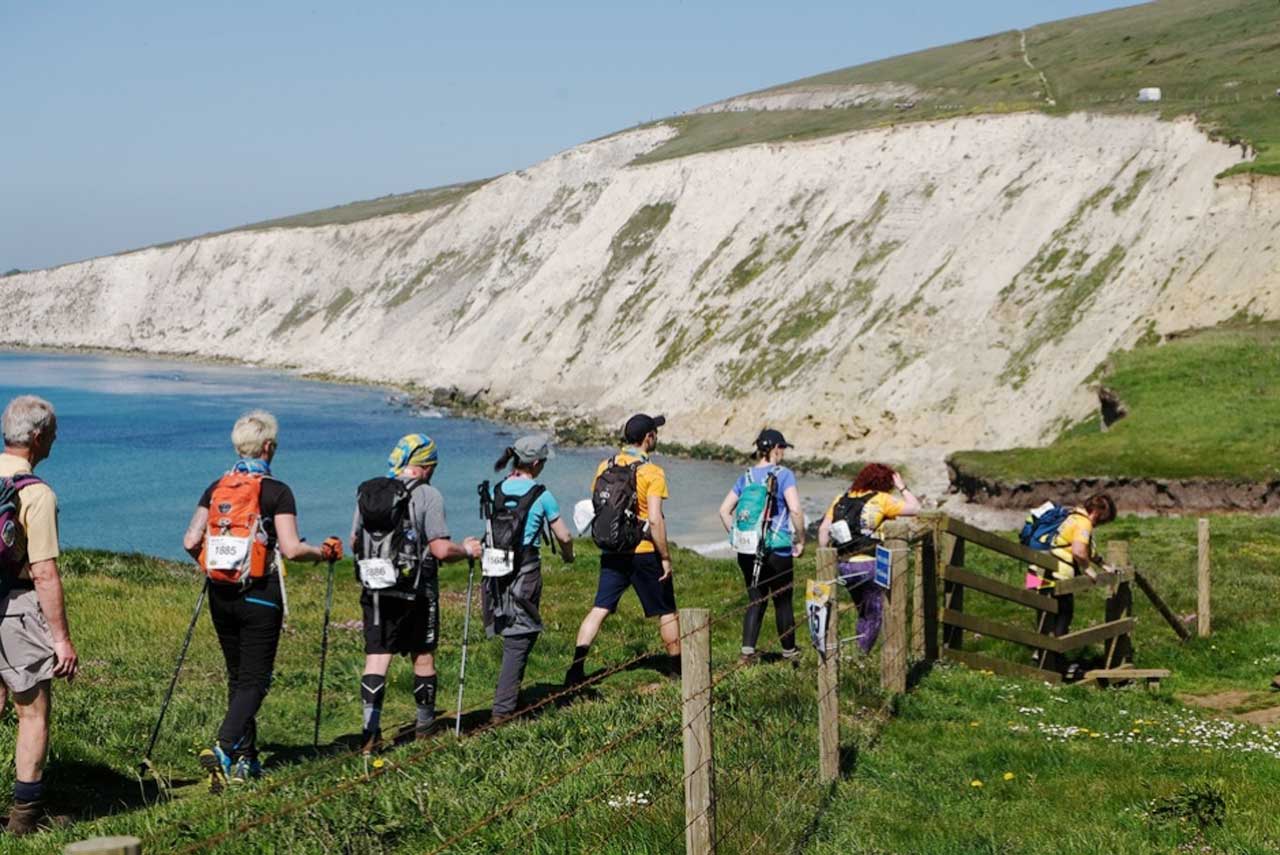1961 – 1980: from plastics to power

The sixties saw CPRE’s first concerns about the rise of plastic bottles and our influence on the Countryside Act, while in the seventies we started to focus on energy infrastructure.
1961
CPRE help secure an agreement between landowners and the Forestry Commission to control afforestation in National Parks.
1963
A long CPRE campaign finally succeeds in convincing the government that England’s coastline was is in need of protection as much as our inland countryside, as local authorities are asked to survey their coastal areas to identify unspoilt areas to be saved and existing eyesores in need of removal.
1968
The Government passes The Countryside Act to cover rural areas beyond National Parks. CPRE’s chair Lord Molson successfully moved an amendment to ensure that conservation, rather than the encouragement of recreation was the main focus of the Act and the new Countryside Commission.
CPRE raises concerns about ‘the growing use by industry and commerce of indestructible plastics instead of paper’, and welcomes the creation of an industry-led Plastic Waste and Litter Disposal Steering Committee.
1969
CPRE highlights that ‘over 6 billion bottles are being produced each year, of which a growing proportion are of the plastic, non-returnable type which serve to aggravate the litter problem still more’.
1970
CPRE’s hedgerow campaign began after a study by Dr Max Hooper estimated hedgerow loss at 10,000 miles a year (as opposed to the government’s official estimate of just 500 miles). CPRE called for the conservation of historic hedges and hedgerow preservation orders.
CPRE first argues for disposable bottles to be prohibited by law, suggesting deposits on all beverage containers to encourage reuse and recycling.
1972
CPRE organised direct representations to the European Economic Community and defeated proposals to increase lorry weight limits. Dame Vera Lynn was the figurehead of a campaign that aimed to stop polluting juggernauts thundering through English villages and shattering tranquillity.
CPRE Chair Lord Kennet starts the Lords debate on the UN’s Stockholm Conference on the Human Environment by calling for a global convention to prevent the dumping of plastic waste in the sea.
CPRE delivers a paper at a Department of the Environment conference on packaging and litter, calling for standardised plastic packaging to assist recycling and the introduction of tax incentives to reduce wasteful packaging.
1974
CPRE help found the European Environmental Bureau to enable further environmental representations to the EEC, and immediately press for funds to be made available for landscape conservation schemes.
1975
CPRE’s submission to the Plowden Committee on the structure of the energy supply industry calls for local authorities to adopt planning schemes of ‘low energy-intensivity’.
1976
CPRE intensified calls for energy production to prioritise local self-sufficiency, decentralisation and minimising environmental impact, pointing out that better domestic insulation could reduce energy demand by up to 20%.
1978
CPRE helped defeat Southern Water Authority’s drainage scheme for Amberley Wild Brooks in West Sussex, demonstrating serious defects in the cost-benefit analysis used to justify a grant from the Ministry of Agriculture to drain this wetland.
1979
The CPRE Durham and Teeside Branch lead a successful campaign to oppose a chain of pylons proposed for a route through County Durham to Northumberland in view of Hadrian’s Wall and through the Northumberland National Park.
CPRE local group chair, Dr Kenneth Ashby, convinced local authorities that demand had been overestimated, forcing the Central Electricity Generating Board to make better use of the existing power network instead.



